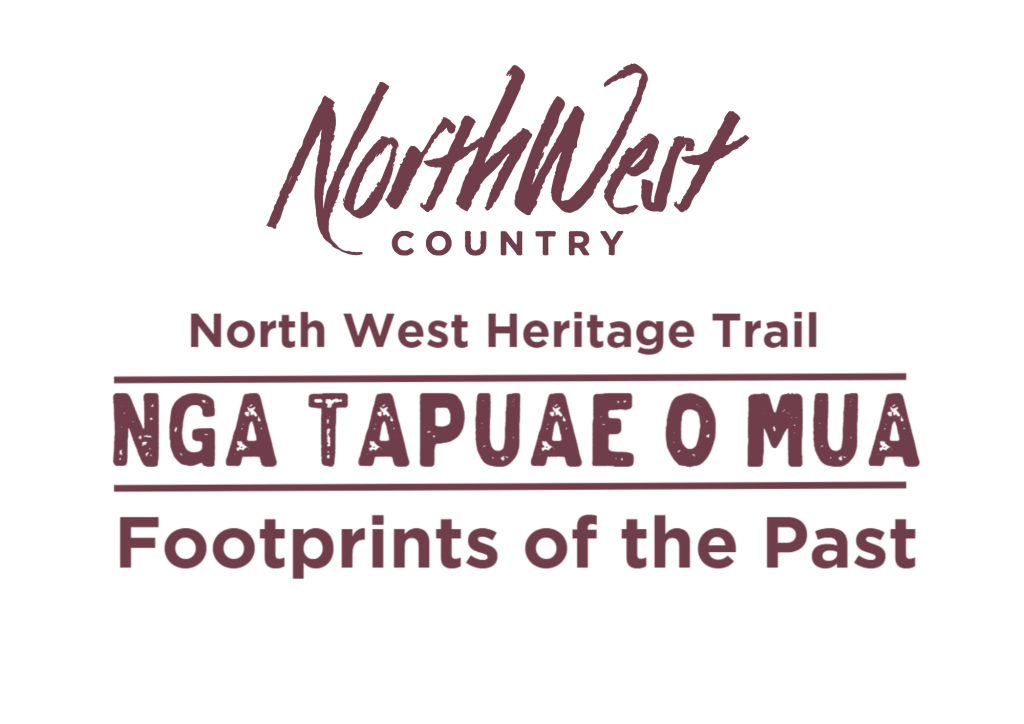
KO TE ORANGA
Ko te rongoā Māori nō te taiao whānui. Ehara te rongoā i ngā rākau anake – nō te rākau rongoā, nō te tīkanga, nō te karakia, nō te mirimiri, nō te whitiwhiti korero. Mō te tīnana, mō te wairua, mō te hinengaro hoki te rongoā Māori. I mauria mai ngā māuiui hou e te Pākehā. Kāore i taea e ngā tohunga te whakaora. Ka memeha te whakapono ki ā rātou mahi. Engari i mauria te rongoā i te hokowhitu Māori ki Te Pakanga o Te Ao Tuatahi kia whakaora i te mate kōea. He iti ake te māuiui i pā ki ētahi atu.
HEALTH
Māori had many recreational pastimes, not the least of which was storytelling and singing to keep their history alive. There were also competitions for wrestling, dart throwing, kite flying and canoe racing, all of which developed needed skills. The arrival of the written word and new types of music broadened those activities and one can only imagine the wonder of photographs and the later arrival of movies.
Te Oranga – Health
For information on Rongoā (Māori medicine) click on the link: Rongoā – medicinal use of plants – Te Ara Encyclopedia of New Zealand
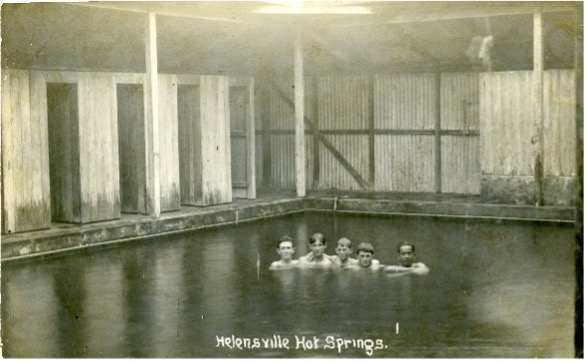
Helensville Hot Springs at Kaipatiki 1917– courtesy of Helensville Museum
Kaipatiki is the original name for what were the swampy flats around Parakai and Te Pua. It means “flounder (a flat fish) for eating”. Kaipatiki was known not only for its food supplies but also for the hot mineral springs found there. The Kawerau tribe once lived here, and these springs were well known to them for their curative properties. By the 1880s the crown owned the land. A cutting-up survey brought the springs into prominence. The McLeod family had known of the springs’ whereabouts since the early 1860’s. The mineral water, direct from the ground, was too hot for bathing but the possibilities of a future spa on the site did not go unnoticed by surveyors and others.
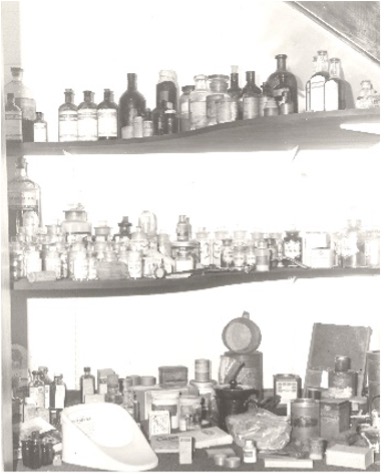
Old medicine bottles and equipment – courtesy of Helensville Museum
1865 saw the first formal European medical establishment in Te Awaroa (Helensville). Dr Nicholson was the Resident Medical Officer in a dispensary which was in a small room attached to the Courthouse. He was paid by the Government to look after the needs of both the Pākehā settlers and the large Māori population in the Southern Kaipara. The settlers were scattered and self-sufficient and he got little custom from the Māori community. His success was hampered when the ageing Hikiera Te Tinana swallowed an ointment for his lumbago, which was intended to be applied externally. The service closed after a year.
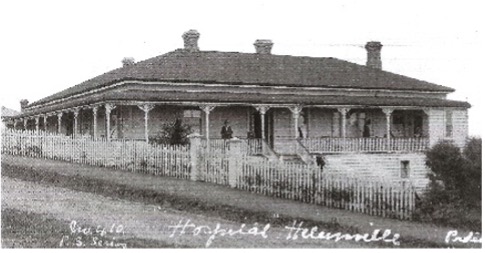
Hospital in Garfield Road 1920s – courtesy of Helensville Museum
Te Awaroa’s first hospital was opened by a German doctor, Dr Meinhold. It was on the west side of Garfield Road and admitted surgical, medical, and maternity cases. Many cases were due to accidents. People were thrown from horses, kicked by horses or fell from things drawn by horses. Bullock teams caused mishaps, and there were numerous injuries from the tools used by the farmers, farriers, and bushmen.
Dr Meinhold faced the greatest test of his career when the influenza plague at the end of WW1 arrived in Helensville. It seems he only lost three patients in this epidemic. He travelled between Henderson, in the south, and Maungatūroto, in the north. When the hospital became overcrowded, SS Aotea, was moored at the Railway Wharf and used as an emergency hospital for Kaipara Steam Ship employees.
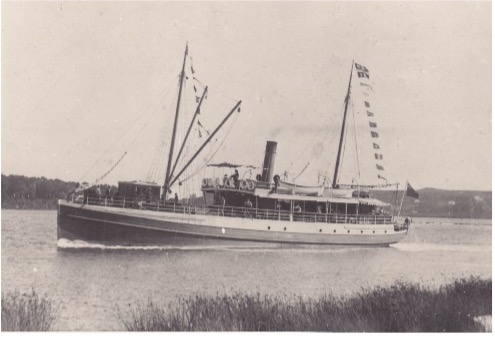
SS Aotea c.1898 – courtesy of Helensville Museum
During the First World War Māori had taken several ancient wood carvings from their hiding places and stored them in Te Awaroa. The intention was to hand them over to the safe-keeping of the Auckland Institute and Museum. When the influenza virus struck, local Māori were heavily infected and the elders of Ngāti Whātua felt this was because of the handling of the tapu carvings, and so the heirlooms were reclaimed and restored to their original sanctuary.
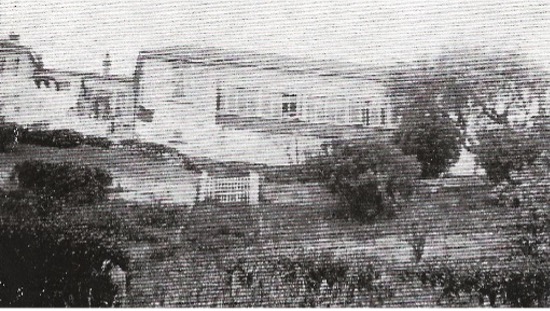
Back view of Malolo Hospital – courtesy of Helensville Museum
Around 1924, the Garfield Road property was sold and made into two private residences, and Dr Meinhold opened his hospital in Commercial Road. On his death, Dr Farquhar Matheson then served the Te Awaroa district for 18 years. He renamed the hospital “Malolo”, a Samoan word meaning “to rest, or to recover from sickness”. Malolo became a nurses’ home in 1956 when the new Helensville Obstetric Hospital was opened. It later became a private residence.
More Reading from Papers Past:
Sparkling Health advertisements 2 August 1929
Parakai Pools 27 January 1881 (See partway down column)
People & Their Stories…
Jessie May Quarrie
Born in Kaipatiki (Parakai), Jessie Quarrie commenced her nursing training in Whangarei in 1932 and continued on to complete the Maternity Course. From there she transferred to Auckland Hospital where she was Sister in Charge of the Medical and Tuberculosis Wards and the Children’s Ward. Later she became Night Sister for 18 months, when the hospital had a thousand beds. There were only three Sisters and a Superintendent working at night.
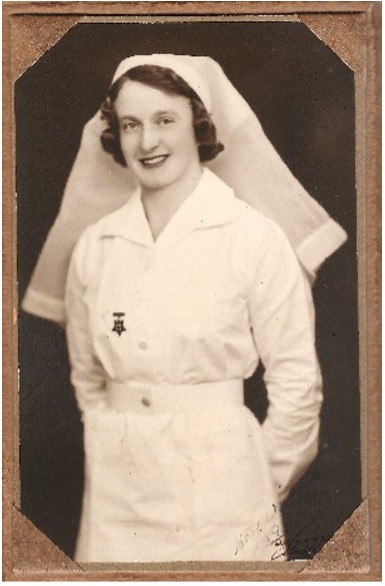
 Sister Jessie Quarrie – courtesy of Helensville Museum
Sister Jessie Quarrie – courtesy of Helensville Museum
In 1939 Sister Quarrie joined the NZ Armed Forces and served four years in the Pacific Islands. She then went on to England in 1947 to complete her training as a midwife at Lewisham Hospital, Birmingham in the premature baby unit.
Sister Quarrie was appointed Matron of the Helensville Obstetric Hospital in 1950. She remained for over twenty years until her retirement in 1972. Seven years were spent in “Malolo”, Dr Farquharson’s hospital, which had by this stage been condemned. There were no night staff, and she had to boil the dirty linen in a copper and sterilise the instruments and rubber gloves by boiling them on a coal range. The hospital was licensed for seven beds, but at times in the post war baby boom, there were 18! Patients’ beds overflowed into the corridor, and babies were put in drawers or baskets.
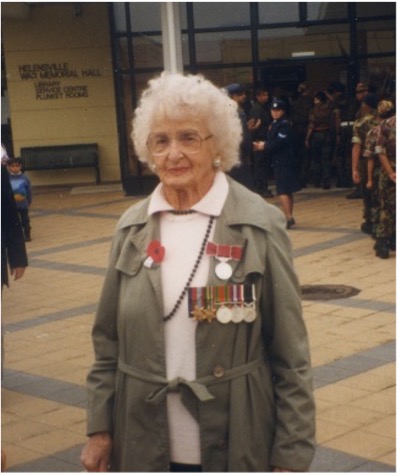
 Sister Quarrie at a Helensville Anzac Day Service – courtesy of Helensville Museum
Sister Quarrie at a Helensville Anzac Day Service – courtesy of Helensville Museum
Jessie Quarrie was awarded the British Empire Medal and will long be remembered by the 4,000 mothers to whom she gave expert and devoted care while they were in labour, and to whom she taught the care of their new babies. After Jessie retired, she lived in Mt. Maunganui and then in Orewa with her sister Lorna. She died in January 2000 and the tributes paid at her funeral showed the high regard in which she was held by friends, colleagues, and former patients.
